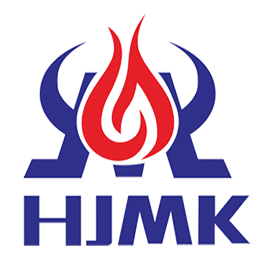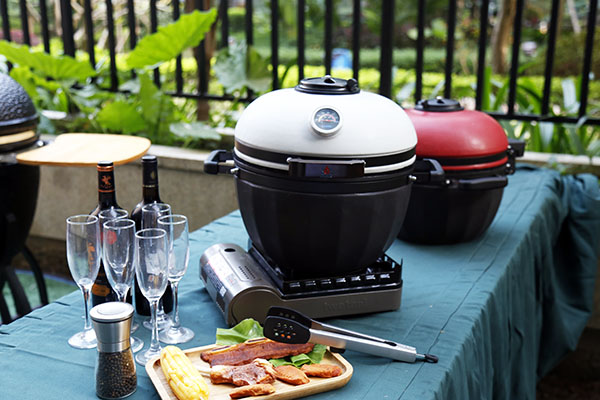Does altitude make a
difference on kamado grilling? If so, how does the height change the grilling
process? In this article, we will discuss the impact of high altitude on grilling.
What can we do to deal with the impact of high altitude on grilling.
Grilling at High Altitude
So at sea level, the
boiling temperature of water is 212°F. But at an altitude of 8,000 feet-water
boils at 198°F.
What Effect does Altitude Have on Grilling?
This phenomenon of water boiling at lower altitudes has some specific effects on grilling. The water in food evaporates faster than it evaporates at sea level. This will affect your chef in several ways:
• Your food
is more likely to dry out quickly at high altitudes. All conditions are equal,
if you do not lower the temperature on the grill in high altitude areas, your
food will become too dry.
• If you
scorch at high temperatures, you need to be careful and be careful not to scorch
the outside of the food. Since moisture leaves your food faster, if you are not
careful, your steak may burn on the outside but not cooked on the inside.
• You should plan to grill your food at a lower temperature and a longer period of time. This is not to say that your food will not become as hot as cooking at the same temperature at sea level-but if your temperature is too high, your food will burn too quickly outside.
The second consideration is that your grill takes longer to warm up. If you use a HJMK mini kamado grill with portable gas stove, it will take longer to heat up, because the density of oxygen decreases as the altitude increases-and oxygen is the source of the fire.
So
here is our barbecue recommendation? Plan in advance for extra time to preheat
your grill.
What Can You Do for This?
•
First, allocate extra time to your chef. The
preheating process and the cooking process will only take longer-so don’t
worry, plan ahead and let your chef spend 20-30% more time.
•
Cook food at a slightly lower temperature
than usual. This will cause your chef to take longer, but it will greatly
reduce the likelihood that you will end up with a dry, hockey-like result.
•
Use a probe type meat thermometer to measure
the internal temperature of the food. This will help you 100% determine when
your food can be removed from the grill instead of trying to guess.
•
During preheating and cooking, open the grill
cover as little as possible. Every time you open the lid, you will lose
precious heat and the ambient temperature of the grill will drop. For your
grill, restoring the ambient temperature at high altitudes is a particularly
tough battle.
•
After removing it from the grill, let your
meat sit for about 5-10 minutes. There are some benefits to letting the meat
rest after roasting at high temperatures-the most important thing is that the
moisture in the meat will redistribute evenly in your food before you eat the
meat.
•
If you use HJMK kamado bbq mini, please
make sure you have a portable gas stove with you. Using mini kamado grill with
portable gas stove will greatly reduce your grill preparation time.
Moisture Is The Key
Anyone who spends time on the grill knows that moisture is the key to balance and softness in the end result. Without it, your food will dry out and will make you want more.
If you can do anything else to help your food stay hydrated, then do it. If you have a naturally hard or dry cut like a pork chop, I think it is essential to soak it in salt water if you are grilling at a high altitude.
You can also consider some techniques, such as putting a small piece of butter on your meat, or putting an aluminum foil pan under your food to catch dripping water, and then spreading them on your food while cooking.
The
key-when grilling at high altitudes, any method that can help maintain moisture
levels is worth trying.

